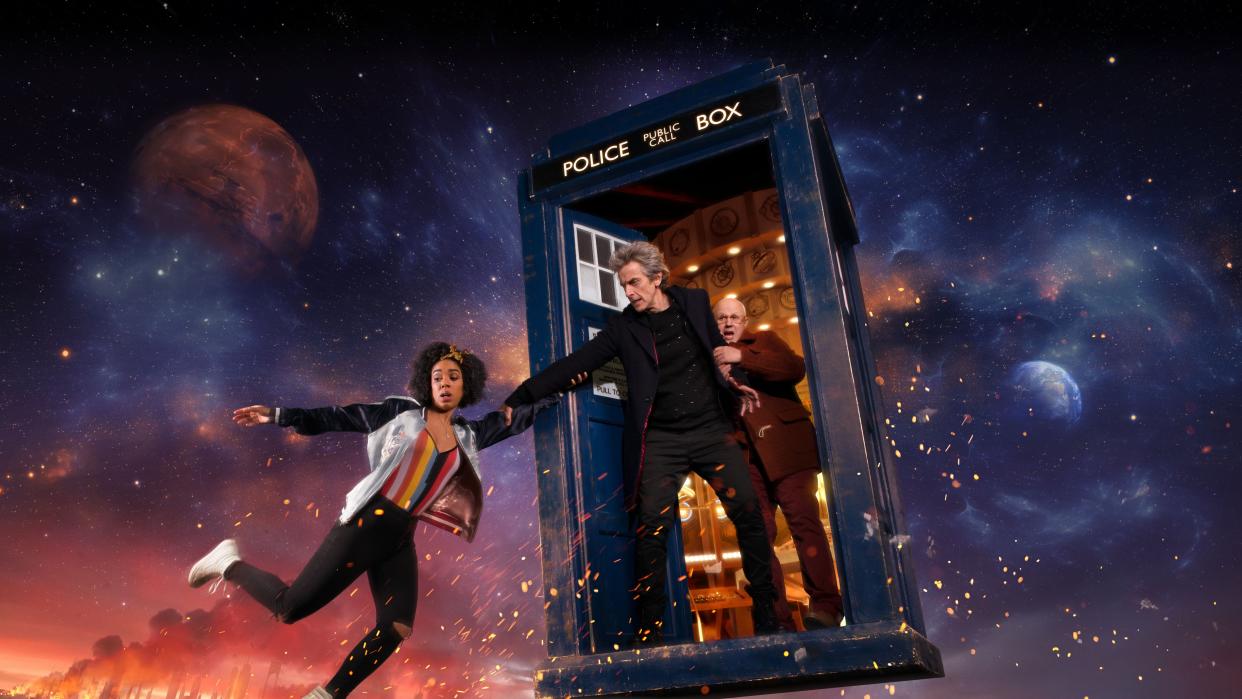‘Time machine’ breakthrough as quantum computer ‘turns back clock’ in weird experiment

Scientists have created a sort of ‘time machine’ where everything goes backwards – although you won’t be able to go through a portal and visit your ancestors any time soon.
Instead, the scientists are working in the weird, tiny realm of quantum mechanics – and claim to have defied the second law of thermodynamics, relating to the direction of ‘time’s arrow’ from past to future.
The breakthrough happened using a quantum computer, which manipulates information with ‘qubits’ which can either be one, or zero, or both.
The scientists managed the equivalent of a broken rack of pool balls re-ordering itself into a pyramid formation – as if time is running backwards.
The breakthrough could have important applications for the development of quantum computers.
READ MORE
Donald Tusk says EU is ‘open to a long Brexit delay’
Michael Jackson ‘innocent’ adverts to be removed
Netflix documentary claims Madeleine McCann ‘is alive and was abducted by traffickers’
Lead researcher Dr Gordey Lesovik, who heads the Laboratory of the Physics of Quantum Information at the Moscow Institute of Physics & Technology (MIPT), said: ‘We have artificially created a state that evolves in a direction opposite to that of the thermodynamic arrow of time.”
The ‘time machine” described in the journal Scientific Reports is based around a quantum computer that carries out calculations using basic elements known as superconducting ‘qubits”.
A qubit is a unit of information described by a ‘one”, a ‘zero”, or a mixed ‘superposition” of both states.
The same kind of effects happen in nature with sub-atomic particles such as electrons occupying more than one state at a time until they are observed or disturbed.
An electron’s physical position is defined by uncertainty, meaning that instead of being a concrete ‘point” it is a fuzzy state of probabilities smeared across a region of space.
For the study the scientists borrowed IBM’s ‘Q Experience” experimental public quantum computer, whose circuits mimic the strange behaviour of sub-atomic particles.
In the experiment an ‘evolution program” was launched which caused the qubits to become an increasingly complex changing pattern of zeros and ones.
During this process, order was lost – just as it is when the pool balls are struck and scattered with a cue.
Uncertainty ruled the system as it does when an electron is ‘smeared out” over an increasingly large region of space, or balls fly randomly to different corners of a pool table.
Another program then modified the state of the quantum computer in such a way that it evolved ‘backwards”, from chaos to order.
The state of the qubits was rewound back to its original starting point.
An analogy would be giving the pool table such a perfectly calculated kick that the balls roll back into an orderly pyramid.
The scientists found that, working with just two qubits, ‘time reversal” was achieved with a success rate of 85%.
When three qubits were involved more errors occurred, resulting in a 50% success rate.
The experiment could have a practical application in the development of quantum computers, the scientists said.
‘Our algorithm could be updated and used to test programs written for quantum computers and eliminate noise and errors,” said Dr Lesovik.
Others are more sceptical.
Speaking to Technology Review, Scott Aaronson, director of the Quantum Information Center at the University of Texas at Austin, says, ‘If you’re simulating a time-reversible process on your computer, then you can ‘reverse the direction of time’ by simply reversing the direction of your simulation. From a quick look at the paper, I confess that I didn’t understand how this becomes more profound if the simulation is being done on IBM’s quantum computer.’

 Yahoo News
Yahoo News 

